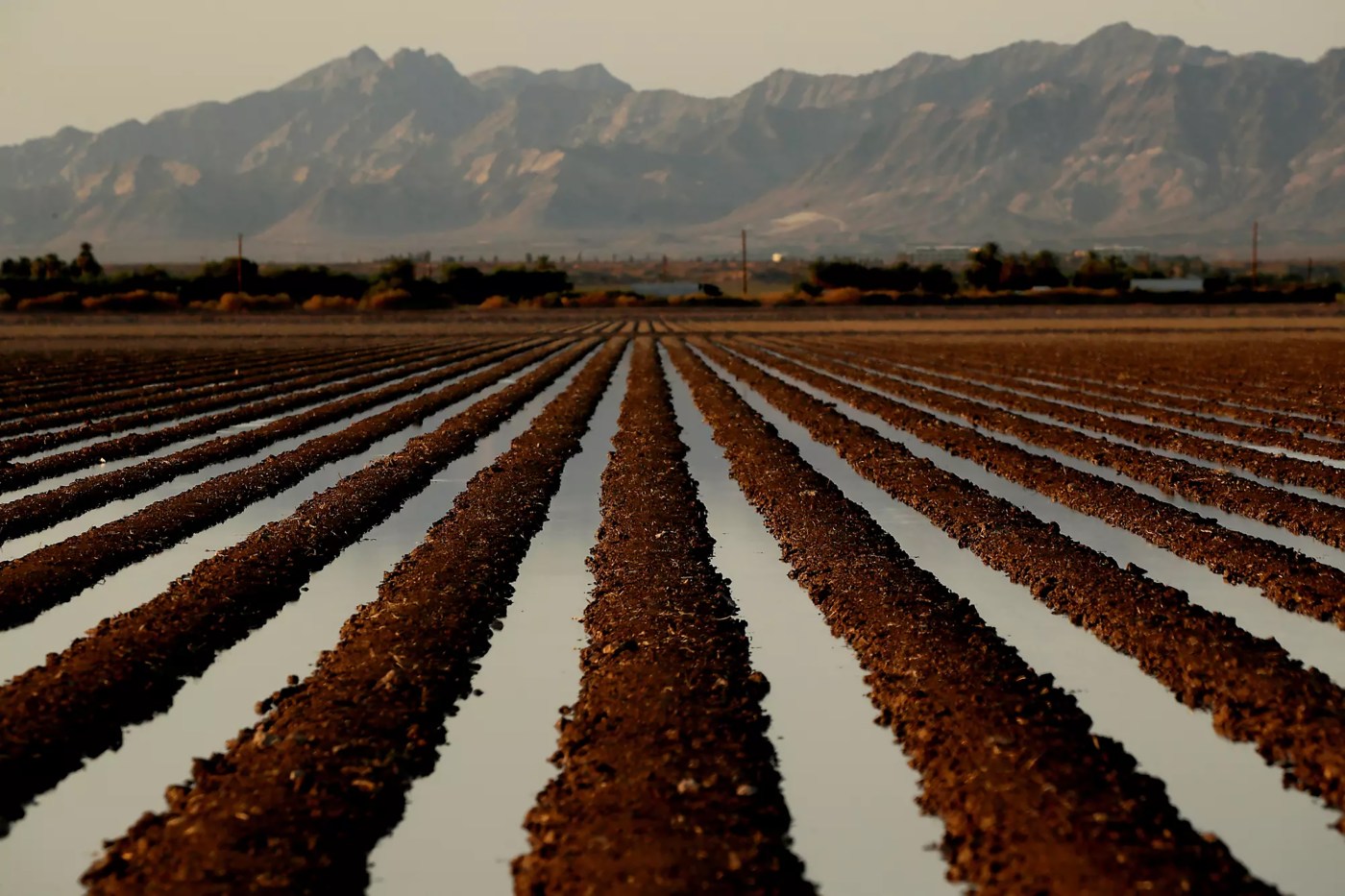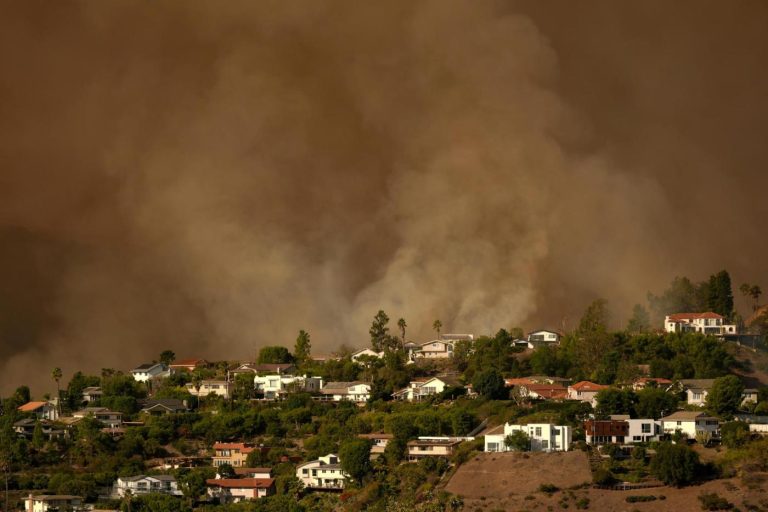President Donald Trump’s intrusion into California’s long-running conflict over water management — essentially favoring farmers over wildlife habitat — has drawn massive media and political attention.
Trump ordered federal water managers to release more water for farmers but the increased flows have so far been largely symbolic because farmers use little water during the winter but need more during the growing season.
Trump’s action has been denounced by environmental groups which have long sought to enhance river flows for salmon and other species, with tacit support from Gov. Gavin Newsom’s administration.
However, Newsom directed state water managers to maximize retention of runoff from recent rains to raise water levels in reservoirs, an action that some environmentalists criticized as emulating Trump.
These events represent a continuation not only of California’s internal conflicts over water but pick up where Trump left off during his first stint in the White House.
Meanwhile, California’s other water conflict has garnered much less public attention but is also being affected by Trump’s victory.
For years California and other Western states have been arguing over how to reduce diversions from the Colorado River, whose flows have been declining and whose reservoirs, particularly Lake Mead, have been shrinking.
Former President Joe Biden’s Bureau of Reclamation pressured the states to reduce consumption and threatened to impose mandatory cutbacks if they could not reach agreement.
In a macro sense, it pits the “upper basin” states of Wyoming, Utah, Colorado and New Mexico, where the Colorado originates, against the “lower basin” states of Arizona, Nevada and California, which historically have been its major users.
The four upper states want to retain more water, while the three lower states seek to minimize reductions. However, there’s also friction between California, whose supply of Colorado River water is mostly used for irrigating crops in the Imperial Valley, and Nevada and Arizona, whose populations have been increasing dramatically (think Las Vegas) and need water for that expansion.
On Nov. 20, 16 days after Biden lost to Trump, the outgoing Bureau of Reclamation commissioner, Camille Touton, released a list of “necessary steps” the conflicting parties must take to meet an August 2026 deadline for reaching agreement.
Essentially it’s a series of managerial alternatives but does not indicate which one the federal authorities favor.
“Today we show our collective work,” Touton said of the four proposals for action and one “no action” alternative that Biden will leave for the incoming Trump administration. However, whomever Trump chooses as Touton’s successor is not bound to pick up where she left off. The new administration could start from scratch, even rejecting the underlying assumption that something must be done to restore health to the river.
Related Articles
Letters: President Trump’s crude bigotry is a stain on the GOP
2.2 billion gallons of water flowed out of two Central California reservoirs because of Trump’s order to open dams
Water company extracts $1 million from San Jose deal near Kaiser mega-project
Santa Clara County accuses chemical giants of causing ‘forever chemicals’ crisis in drinking water
Greene: Does Trump actually believe his own nonsense about L.A. fire?
“We still have a pretty wide gap between us,” Tom Buschatzke, Arizona’s main negotiator on the Colorado River, said in a conference call with reporters.
Meanwhile, Buschatzke has asked the Arizona Legislature for a million dollars to wage a court battle should negotiations fail. “I do not want litigation,” he said. “It’s not good for anybody. But if we get backed into a corner, and that’s our only choice, that was the context of that budget request.”
The conflict over the Colorado River in many ways resembles California’s internal conflict, including an uncertainty over whether governments can overturn or ignore water rights stretching back to the 19th century.
For instance, the Imperial Irrigation District not only has an overwhelming right to use California’s share for irrigation but also has the single largest share of any user in the seven states. Its right dates back more than a century to when its farmers were the very first diverters — even though Imperial County contains a tiny fraction of the state’s nearly 40 million residents.
Dan Walters is a CalMatters columnist.












